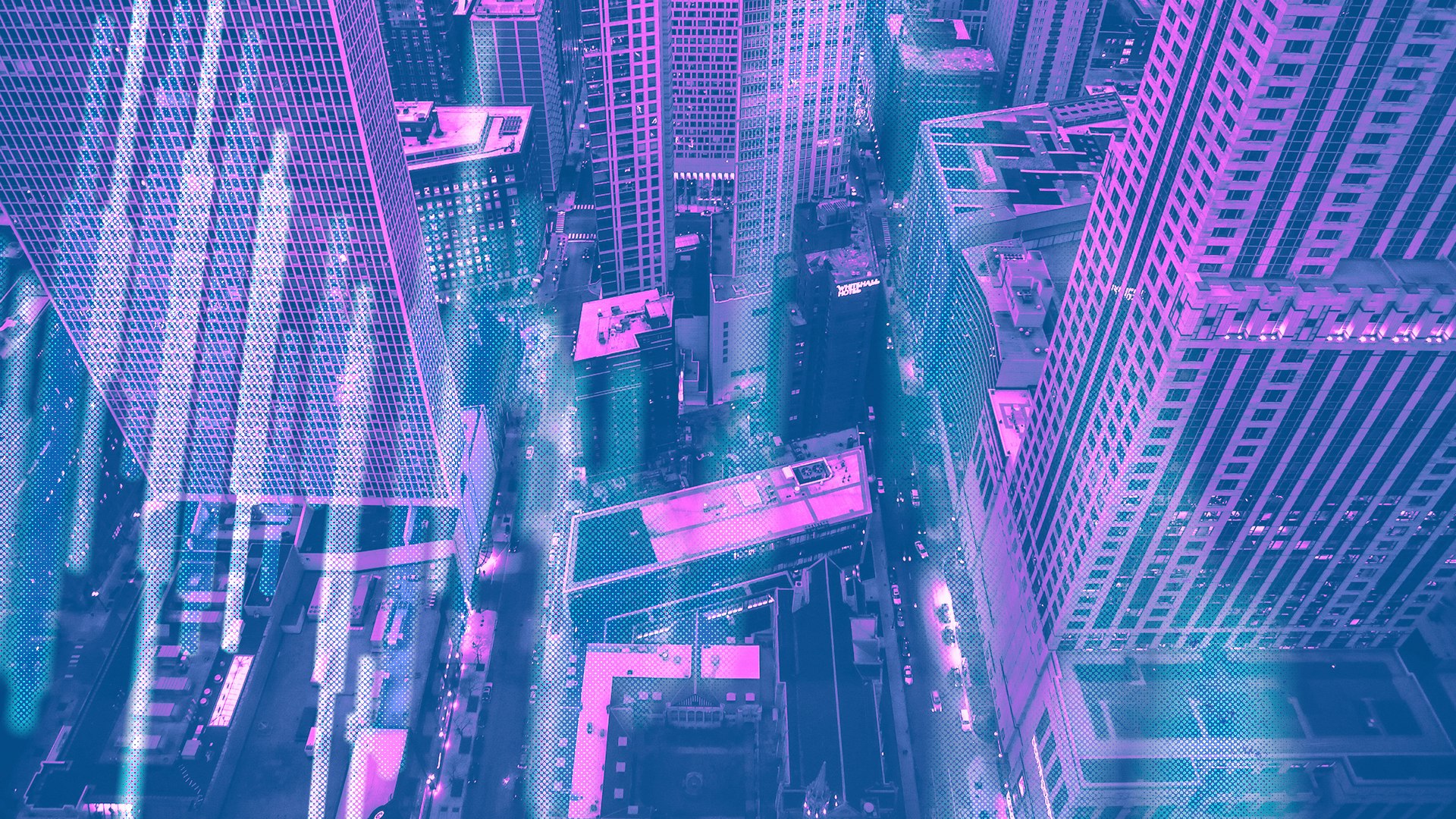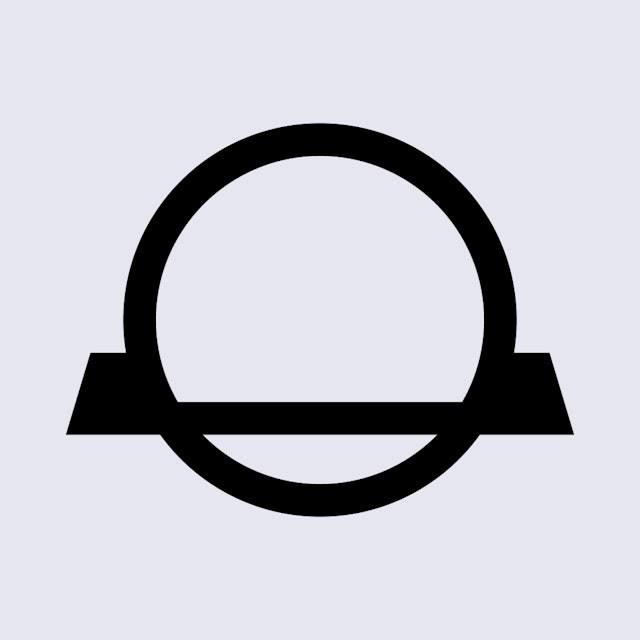Claim your free €20 Bitcoin bonus now! Just verify your ID. Weekly payouts every Friday! Don't invest unless you're prepared to lose all the money you invest.
What is Real World Asset Tokenisation? Here is the Explainer
Learn how real-world asset tokenisation is transforming industries, solving problems, and creating opportunities.
In this article...
- Tokenisation addresses accessibility issues in traditional asset markets.
- It unlocks new possibilities for fractional ownership
- Learn what problems tokenisation solves.

If you own something valuable, like a painting, a house, or even a rare sneaker collection, this may interest you. What if you could turn that thing into a digital version that people could buy, sell, or trade online?
That’s the basic idea behind real world asset tokenisation. It’s a hot topic in today’s digital economy, and it’s shaking up how we think about owning and investing in material items.
What does "tokenisation" mean?
Tokenisation is creating a digital twin of something real. You take a physical asset and turn it into a digital token. This token exists on a .
You could also split the digital asset into smaller units. Each token represents a piece of that asset. For example, if you tokenise a €1,000,000 house, you could split it into 1,000,000 tokens worth €1 each. Then, people could buy those tokens and own a tiny slice of a digital representation of the house.
Why tokenise real world assets?
Real world asset tokenisation could solve some big problems and open up new possibilities.
Easier access to investing
Normally, investing in real estate or valuable art can require a large spend. Tokenisation lets people buy just a small part of something instead. So, even with £50, people could own a fraction of something valuable.
Faster buying and selling
Selling a house or a rare collectible can take months. There’s paperwork, lawyers, and waiting around. With tokens, it’s all digital, so trades could happen in minutes online.
More people can join in
Tokenisation makes it theoretically possible for anyone with an internet connection to invest.
Examples of Real World Assets
-A big apartment building might get split into thousands of tokens. You buy a few and theoretically could own a tiny piece of it.
-A famous painting worth millions is tokenised.
-Even traditional investments like stocks could get the token treatment for easier trading.
Are there any downsides?
Tokenisation has some challenges. If you’re not into tech, the blockchain part might feel overwhelming at first. And, like any investment, you could lose money if the asset’s value drops.
Also, laws need to catch up with what is being proposed. Governments are still figuring out how to regulate it.
Tokenisation is already technically feasible and has been demonstrated in various pilot projects globally. We’re in an early adoption phase. Proofs of concept, like the UK’s in 2019, which tokenised a property title in minutes, show the technology works.
The timeline hinges on overcoming several significant challenges, particularly in the UK, with its strict legal frameworks.
Tokenised assets blur lines between securities, property, and digital goods, creating uncertainty under existing laws. Are tokens securities requiring regulator oversight, or property governed by traditional rules? This ambiguity can be confusing.
Expect a gradual rollout. Niche markets will lead, with broader adoption following as trust and infrastructure mature.
Conclusion: Real World Asset Tokenisation
In the future, all sorts of assets could be tokenised. That’s anything from skyscrapers to rare comic books. And it could be a growing industry in the future, so it might be a good idea to keep an eye on the technology.

Suggested Articles
ASI Merger: What is Happening With Fetch.ai (FET)?
Three AI companies have merged, but what does it mean for you?What is an Altcoin? What are Altcoins for?
The term altcoin is derived from two words: “alternative” and “coin.” It refers to any cryptocurrency other than Bitcoin.Bitcoin Mining Scam: What to Look Out For
The Bitcoin Mining Scam is a new online threat coming at us. Our compliance expert explains another sophisticated scam to look out for.Browse by topic

CoinJar Europe Limited (CRO 720832) is registered and supervised by the Central Bank of Ireland (Registration number C496731) for Anti-Money Laundering and Countering the Financing of Terrorism purposes only.
Apple Pay and Apple Watch are trademarks of Apple Inc. Google Pay is a trademark of Google LLC.
This site is protected by reCAPTCHA and the and apply.